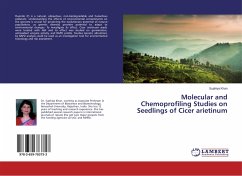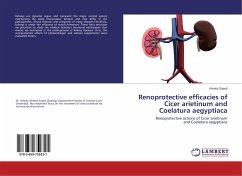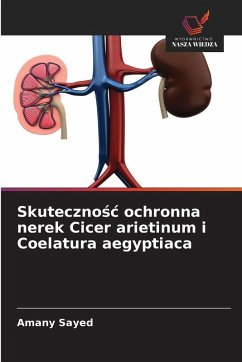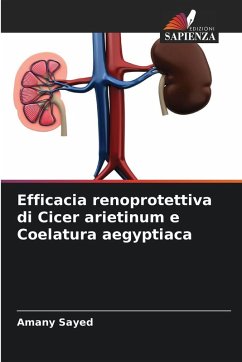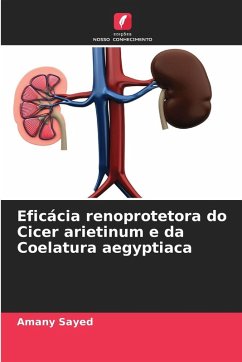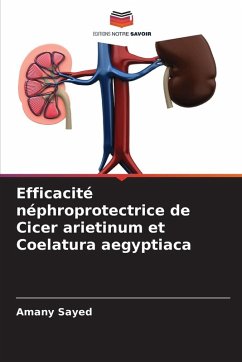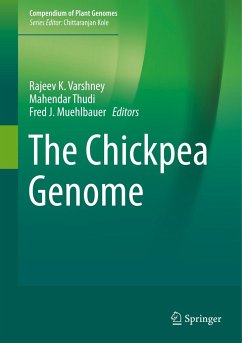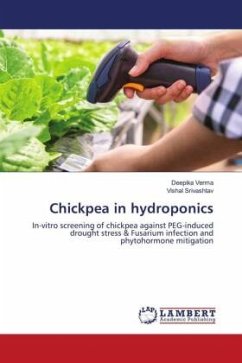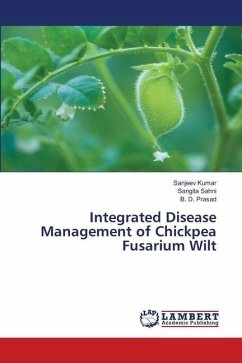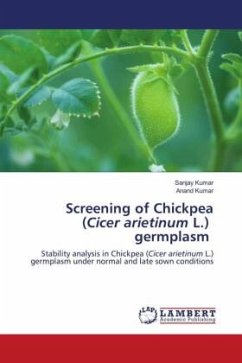
Screening of Chickpea (Cicer arietinum L.) germplasm
Stability analysis in Chickpea (Cicer arietinum L.) germplasm under normal and late sown conditions
Versandkostenfrei!
Versandfertig in 6-10 Tagen
60,99 €
inkl. MwSt.

PAYBACK Punkte
30 °P sammeln!
Promotion of chickpea crop in the existing rice fallow area would also improve sustainability of the rice production system besides enhancing production and augmenting income. Introduction of short-duration drought tolerant chickpea varieties is a viable option to utilize rice fallow lands. Changes in cropping system that necessitate late planting, scope for expansion in rice fallows and the global warming are pushing chickpea to relatively warmer growing environment. Such changes demand identification of varieties resilient to warmer temperature, because growing of chickpea in rice fallow lan...
Promotion of chickpea crop in the existing rice fallow area would also improve sustainability of the rice production system besides enhancing production and augmenting income. Introduction of short-duration drought tolerant chickpea varieties is a viable option to utilize rice fallow lands. Changes in cropping system that necessitate late planting, scope for expansion in rice fallows and the global warming are pushing chickpea to relatively warmer growing environment. Such changes demand identification of varieties resilient to warmer temperature, because growing of chickpea in rice fallow land coincides with very high temperature (>350c) at flowering stage, which reduces yield drastically. So there is an urgent need to select suitable chickpea varieties with respect to stability in different agro-climatic situation which will be exploited in varietal improvement programme. Therefore, the identification of heat tolerant genotypes is a major challenge in chickpea production.



